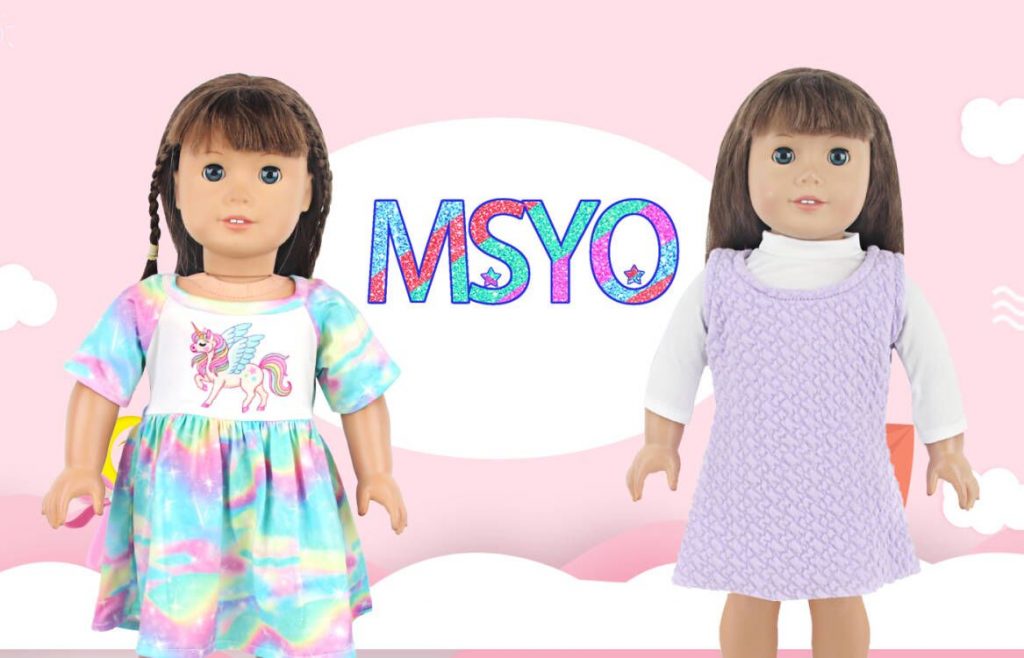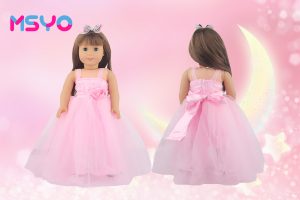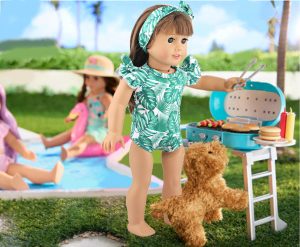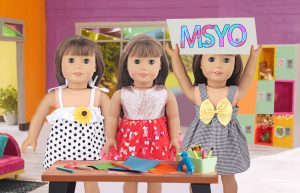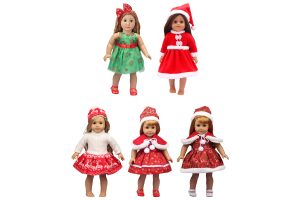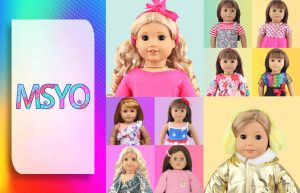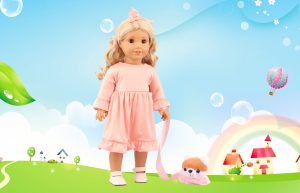Dolls have been a beloved toy for children for centuries. They come in various shapes, sizes, and materials, but one thing is for sure – they always bring joy and imagination to playtime. Along with dolls, doll clothes have also become an essential part of the play experience.
Dolls provide children with the opportunity to role-play and engage in imaginative play. They can be a friend, a confidant, or even a student in a make-believe school. Through dolls, children learn important social and emotional skills, such as empathy, communication, and problem-solving. They can also develop their creativity by creating unique storylines and scenarios for their dolls.
To enhance the play experience, doll clothes play a crucial role. Just like how we dress ourselves, dressing up dolls allows children to express their personal style and creativity. Doll clothes come in a wide range of designs, from casual outfits to formal dresses, allowing children to explore different fashion styles. By dressing up their dolls, children can also learn about colors, patterns, and coordination.
Moreover, doll clothes provide an opportunity for children to practice fine motor skills. Fastening buttons, zipping zippers, and tying shoelaces on doll clothes help improve hand-eye coordination and finger dexterity. These small tasks can boost children’s confidence and independence as they master these skills.
Additionally, doll clothes promote sustainability and resourcefulness. Instead of discarding old clothes, children can repurpose them by transforming them into doll clothes. This not only reduces waste but also encourages children to think creatively and find new uses for items that would otherwise be thrown away.
Doll clothes can also serve as a tool for learning about different cultures and traditions. By dressing up dolls in traditional clothing from around the world, children can gain an appreciation for diversity and develop a global perspective. This can spark their curiosity to learn more about different countries and their unique customs.
In conclusion, dolls and doll clothes play a significant role in a child’s playtime. They foster imagination, creativity, and social skills. Doll clothes not only allow children to express their personal style but also promote fine motor skills and sustainability. Through dolls and their clothes, children can explore different cultures and broaden their understanding of the world. So, let’s celebrate the joy that dolls and doll clothes bring to children’s lives!

